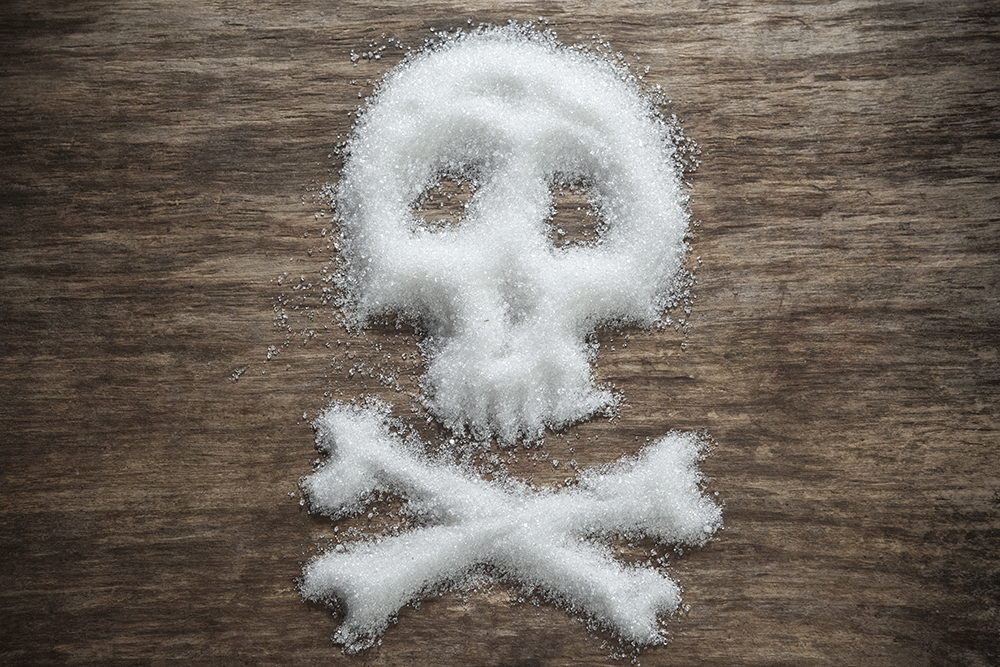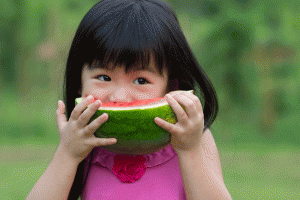the fact that “we have an abundant supply and it’s hidden everywhere,” said Li. “Sugar happens to be one of the three key elements that make up taste. There’s sugar, fat, and salt. Sugar also happens to be a wonderful preservative. You put enough sugar in canned food and even bacteria won’t grow.”
For example, 100 grams of Nature Valley granola has more than six teaspoons of sugar. Tomato sauce, yogurt, crackers, and protein bars are some foods that are surprisingly high in sugar. Alcohol, grains, and refined carbohydrates also turn into sugar upon chewing.
“From a genetic point of view, for millions of years, humans had to deal with starvation so we kind of know what kinds of foods have more calories. It was part of survival,” Dr. Li said.
Growing awareness
‘Sugar’ is a broader term than it seems. It’s not always unhealthy. Any kind of sugar feeds the fungus that perpetuates addiction, but certain types are better than others.
Simple sugar coming from milk (lactose) doesn’t have such a negative health effect on most people, and sugars derived from fruits are actually high in disease-fighting compounds and healthy nutrients, like fiber.
The American Heart Association (AHA) recommends a daily intake of nine teaspoons of sugar for men (or 36 grams) and six for women (or 24 grams). But a 2012 publication by the scientific journal Nature, proved people consume a lot more than the recommended amounts. According to the study, the average U.S. citizen consumed 216 liters of soda a year, of which 58 percent contained sugar. While people around the world consumed more than 500 extra calories a day, just from sugar.
Positive dietary changes and a lower incidence of sugar addiction can only be achieved through education and awareness, according to Li.
“The bright side is that we, as a society, are starting to recognize that fat isn’t good for us, but it isn’t the only issue we face,” she said. “The challenge we get from the overconsumption of carbs and sugar is worse than the challenge imposed by fat. On the bright side, we’re recognizing that. What we need to do is spread knowledge and educate the consumer.”

















